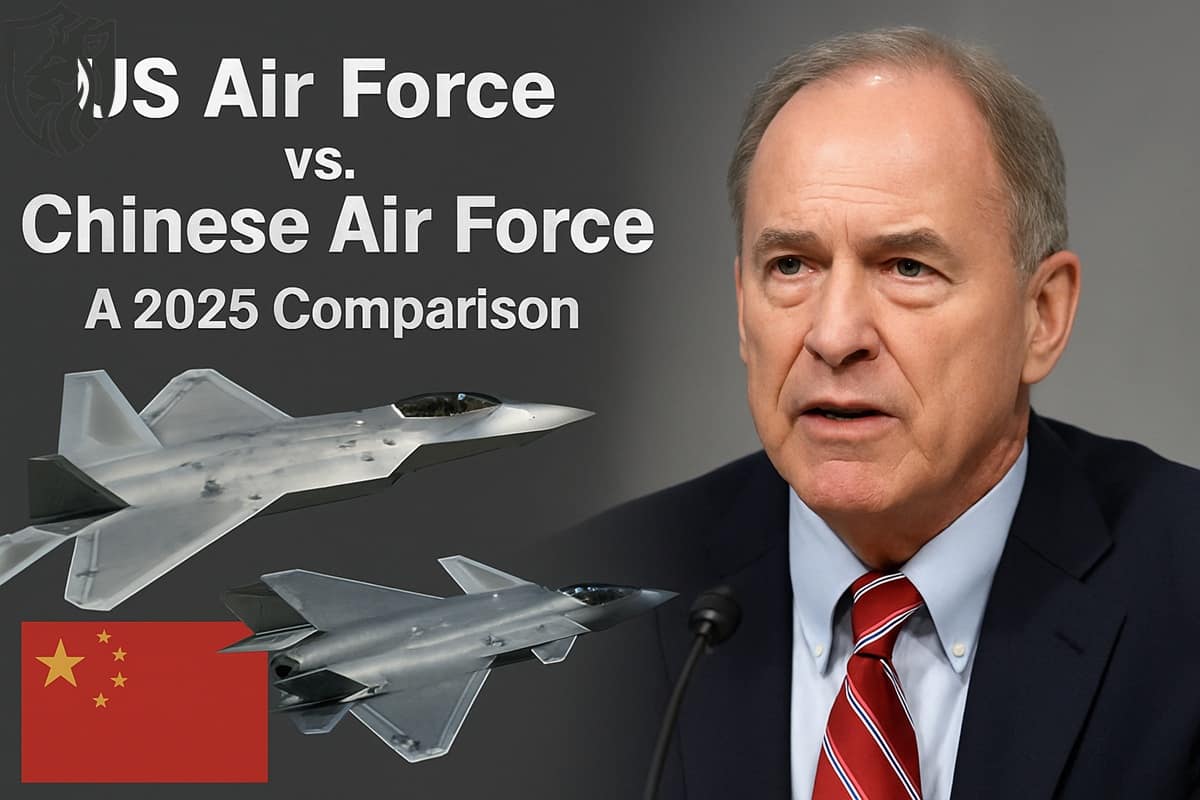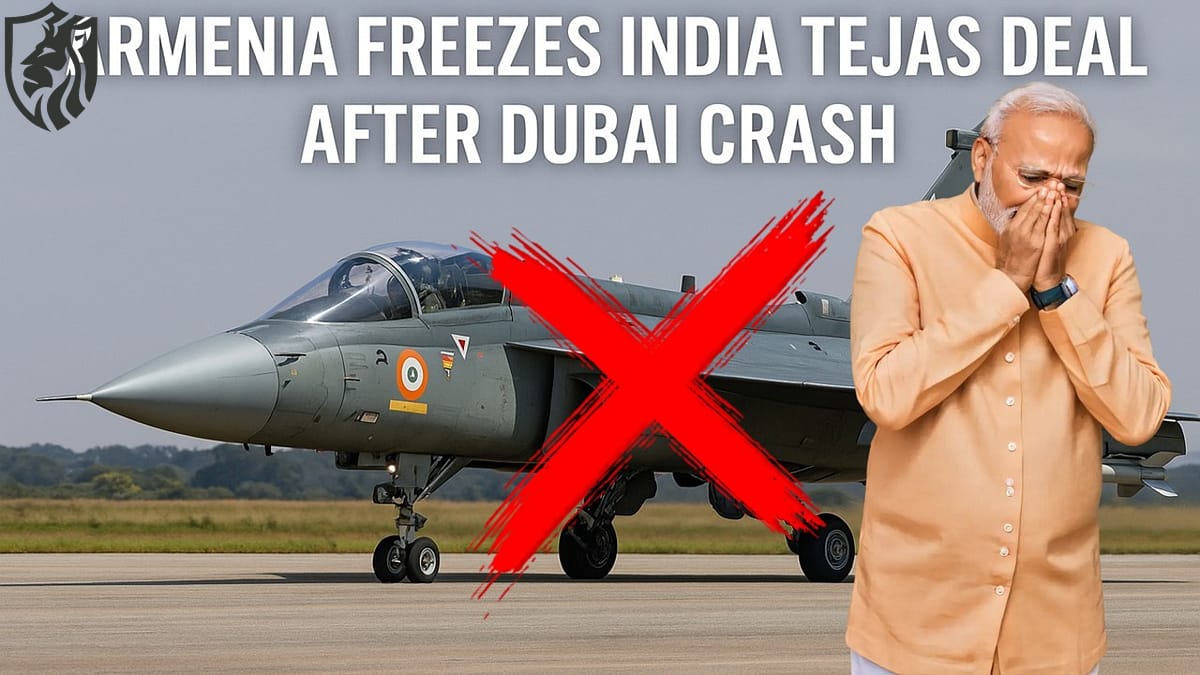
Algeria Completes New Air Base Near Moroccan Border
On April 9, 2025, the Moroccan online outlet Defense Arabic reported that Algeria had completed a new military airbase just 72 kilometers from the Moroccan border— a move that has sparked interest across North Africa and beyond.
The Umm al-Assal base, located at 28°52′55″N, 5°49′10″W near the tense Tindouf region, houses two Russian-made MiG-29M2 fighter jets and an extensive combat infrastructure network.
Satellite imagery from the Atlantic Observatory for Defense and Armament Analysis [AODA] shows expanded runways, hardened aircraft shelters, ammunition depots, and radar stations pointing toward Moroccan territory.
This development, under the command of Algeria’s Third Military Region, indicates a significant shift in the country’s border posture.
Instead of emphasizing the well-known political division between Algiers and Rabat, the true significance lies in the military capabilities of this base and their implications for evolving power dynamics in the region.
Umm al-Assal facility
The Umm al-Assal facility is not a makeshift outpost. Satellite data confirms the presence of two MiG-29M2 jets, each armed with air-to-air missiles, as well as infrastructure that suggests future growth plans.
The MiG-29M2, an advanced version of the Soviet-era Fulcrum series, is a twin-engine multirole fighter intended for air superiority and ground attack missions.

It is powered by two Klimov RD-33MK engines, each of which generates 18,300 pounds of thrust, propelling the jet to a top altitude speed of Mach 2.25 (about 1,500 mph).
With a combat radius of approximately 620 miles and no external fuel tanks, it can cover much of Morocco’s eastern border in minutes from Umm al-Assal.
Its armament consists of a 30mm GSh-30-1 cannon with 150 rounds for close-range engagements and up to seven hardpoints that can carry a mix of R-27 and R-77 missiles.
The R-27, with a range of up to 50 miles, and the radar-guided R-77, with a range of over 60 miles, provide credible coverage against aerial threats. Upgraded avionics, including the Zhuk-ME radar, allow it to track 10 targets and engage four at the same time at distances of up to 75 miles.
This machine is not the cutting-edge stealth of a fifth-generation fighter, but it is a strong, dependable platform that performs admirably in regional conflicts. The base is intriguing not just for the jets there now but also for its future potential.
International Institute for Strategic Studies [IISS]
According to AODA’s imagery, the expanded runways and shelters are designed to accommodate larger aircraft such as the Sukhoi Su-30 or Su-35, both of which Algeria has acquired or expressed interest in.
For instance, the International Institute for Strategic Studies [IISS] reported spotting the Su-35 at Algeria’s Ain Beida air base in March 2025. It has a 2,200-mile range with external tanks and a payload of 17,600 pounds across 12 hardpoints.
Its Irbis-E radar can detect targets from 250 miles away, making it a valuable asset for both offense and surveillance. Radar stations and ammunition stores at Umm al-Assal suggest that Algeria is establishing a stronger air presence, with the potential to transform a small outpost into a strategic hub.
When combined with early-warning systems aimed at Morocco, it creates what observers refer to as an “offensive surveillance corridor”—a setup designed to project control over the airspace along the border rather than attack it immediately.
This situation is not unique. The MiG-29M2 deployment is the latest in Algeria’s long history of military ties with Russia. Algeria signed a deal for 14 of these jets at the MAKS air show in Moscow in 2019, with deliveries beginning in 2020, according to AeroTime.
The first batch landed at Bousfer Air Base near Oran, but their presence now at Umm al-Assal indicates a shift toward forward deployment.
African buyer of Russian arms
According to IISS data, Russia has a significant presence in Algeria’s arsenal, with over 70 Su-30MKA fighters serving as the backbone of the country’s air force. Algeria has long been a major African buyer of Russian arms.
The MiG-29M2 itself is the result of Russia’s efforts to modernize its export offerings. Compared to the older MiG-29S models that Algeria phased out, the M2 variant has a glass cockpit, improved engines, and a 40% increase in range, making it a significant step forward without the cost of a fifth-generation jet like the Su-57, which Algeria has also been linked to.
Moscow’s strategy is not subtle: keep Algeria armed and aligned, especially as Western sanctions reduce Russia’s global market share. Although it has not been officially confirmed, there is a widespread assumption that the package includes training programs for Algerian pilots in Russia.
To understand what Umm al-Assal means operationally, consider this: a Moroccan F-16 departing from its eastern bases would encounter a MiG-29M2 scrambling from Umm al-Assal in under 10 minutes, given the 72-kilometer distance.
That proximity shortens reaction times and complicates Morocco’s defensive strategy. Equipped with 23 Lockheed Martin F-16C/D Block 52 jets, Morocco’s air force remains resilient.
The F-16, with its AN/APG-68 radar and AIM-120 AMRAAM missiles, equals or outperforms the MiG-29M2 in beyond-visual-range combat, with a missile range of 70 miles and a combat radius of 340 miles on internal fuel.
We’re watching, and we’re ready.
By spotting Moroccan movements early, Algeria’s Umm al-Assal radar can guide MiGs or future Sukhois into action. This could shape how future confrontations unfold along the border.
The base holds more than jets—it includes tanks moved from Tindouf, artillery units, and air defense systems. That suggests Algeria is planning for multiple threats, not just aerial combat.
Still, two fighter jets alone don’t mean war is imminent. They send a message: “We’re watching, and we’re ready.”
From above, Umm al-Assal looks less like an isolated post and more like part of a wider strategy. Think of India and Pakistan—both maintain air bases like Adampur and Sargodha within 100 miles of each other.
Their fighters, India’s Rafales and Pakistan’s JF-17s, depend on close positioning for quick response. Or consider North Korea, where airfields like Hwangju sit near the DMZ.
South Korea’s F-35s at Osan stay alert every day. What makes Umm al-Assal different is its desert location—not its aircraft or weapons. In this harsh terrain, every supply run matters, and each runway carries real operational weight.

Algeria has built about 25 border posts, some just 6 kilometres from Morocco, reflecting a forward-basing military trend. Tindouf’s remote location adds importance, as its open terrain allows aircraft to operate without urban obstacles or radar clutter.
Patriot air defense system
Unlike Korea’s crowded landscape, Tindouf offers wide, flat land ideal for air dominance. Morocco isn’t passive—it’s steadily modernizing its forces, heavily supported by the United States.
Since 2011, Morocco has received F-16 fighter jets as part of its broader defense modernization program. Army Recognition reports that Morocco’s defense budget rose to $13.32 billion in 2025, up from $12.4 billion in 2024.
In March 2025, rumors emerged that Morocco was testing the Patriot air defense system. The Patriot PAC-3 MSE can shoot down aircraft and missiles up to 75 miles away.
It could stop Algeria’s MiG-29M2s before they approach Moroccan airspace. Morocco also bought Turkish Bayraktar TB-2 drones in 2021, adding to its long-range surveillance and strike capabilities.
These drones have a 93-mile range and performed well in recent conflicts like Nagorno-Karabakh. Though slower than fighter jets, drones can linger in the sky and target Algerian positions over time.
Morocco is also training with Western allies. The Chergui 2025 drills in Errachidia involve close coordination with French forces.
These joint exercises demonstrate Rabat’s commitment to safeguarding its skies and maintaining a competitive edge. Algeria’s air force has a long and evolving history. It was formed during the 1956 Soummam Congress amid war with France.
1963 Sand War
From the 1960s, it relied on Soviet aid, flying MiG-21s and Su-7s in various regional conflicts. Algerian pilots even flew in the 1973 Yom Kippur War alongside Egyptian forces.
In the 1980s, Algeria introduced Su-24s, followed by MiG-29s and Su-30s in the 2000s. The new Umm al-Assal base fits Algeria’s pattern of steady military expansion.
But it’s also a throwback. Border airbases were common during the Cold War, less so in today’s missile-dominated era. Morocco has its own combat history. Its F-16s flew missions in the 1970 Western Sahara War.
Morocco’s military continues to evolve, including recent upgrades to its M1A2 Abrams tanks. Both countries remember the 1963 Sand War—a short but violent border conflict. Looking at the bigger picture, Algeria’s defense budget will hit $25.1 billion in 2025.
That’s nearly double Morocco’s spending, showing the scale of this regional arms race. Tensions remain high, especially over Western Sahara, where Algeria backs the Polisario Front against Morocco.
Since 2021, diplomatic ties between both nations have remained frozen, thereby intensifying the mistrust. Russia plays a major role by selling arms to Algeria, including a 2021 deal for Su-57 stealth fighters.
These sales strengthen a key Russian ally and challenge Western interests in North Africa. The U.S. is pushing back by arming Morocco with F-16s and possibly Patriot missiles.
France is also watching closely. In March 2025, a Russian Su-35 buzzed a French drone over the Mediterranean. So this rivalry isn’t just about Morocco and Algeria—it’s part of a larger global power struggle.
Conclusion
Therefore, where does Umm al-Assal leave us? Umm al-Assal’s involvement is less significant than a mere signal flare. Two MiG-29M2s and some radar aren’t enough to overwhelm Morocco’s defenses, but the base’s scalability—those Sukhoi-ready runways—suggests ambition.
For now, Algeria’s move marks a tactical shift, not a full strategic transformation. It boosts Algeria’s ability to monitor and respond across its 1,500-kilometer border with Morocco.
But in today’s world of drones and satellites, bases are no longer hidden from view. We can spot military installations from space, as confirmed by analysts at AODA.
So, this base might matter more for symbolism than raw military strength. Is Algeria preparing for a conflict, or is it simply displaying its might for Morocco—and the world—to witness?
Either way, it’s a reminder that Algeria still wants to be considered a serious regional player. While the answer remains unclear, it is certain that the atmosphere in Tindouf’s deserts is growing increasingly tense.
References
- Defense Arabic – Umm al-Assal base (2025)
🔗 defensearabic.com - Atlantic Observatory for Defense and Armament Analysis (AODA)
🔗 atlanticobservatory.org - International Institute for Strategic Studies (IISS)
🔗 iiss.org - AeroTime—Algeria’s MiG-29M2 acquisition
🔗 aerotime.aero/articles/algeria-mig-29m2 - Army Recognition—Morocco’s 2025 defence budget
🔗 armyrecognition.com - Wikipedia – Algerian Air Force history
🔗 en.wikipedia.org/wiki/Algerian_Air_Force - Reuters—Russian Su-35 intercepts French drone
🔗 reuters.com - F-16.net – Morocco’s F-16C/D capabilities
🔗 f-16.net - Raytheon – Patriot PAC-3 MSE system
🔗 raytheonmissilesanddefense.com - Baykar – Bayraktar TB-2 combat performance
🔗 baykartech.com









